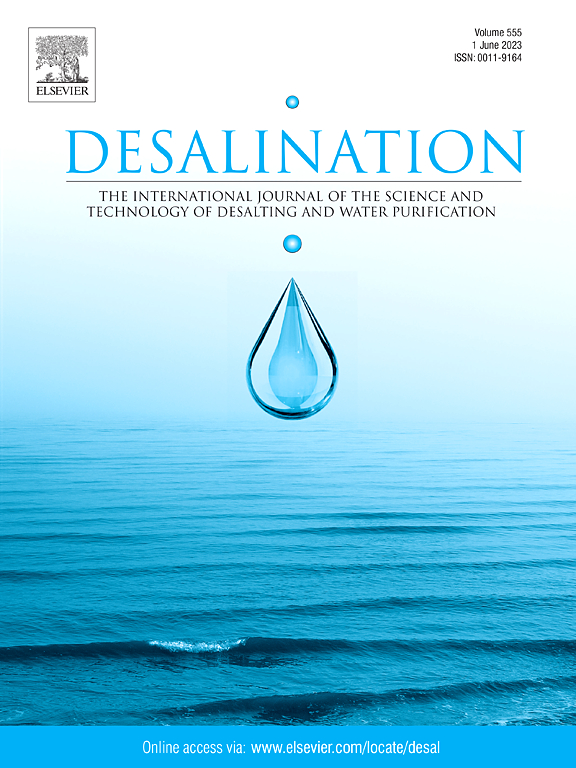Capacitive deionization (CDI), a promising ion removal technology, has shown encouraging results in the last decade. In this work a comprehensive characterization of a CDI prototype equipped with 3D graphite felt electrodes is shown. Initially, a study of different flow distributor designs, analyzed by Computational Flow Dynamic (CFD), determined the importance of elements such as small inlet cavities or perforated channels to achieve a uniform fluid flow distribution. Then, an evaluation under different operational parameters and modes (batch and single pass, SP) demonstrated the strong flexibility in terms of performance that the CDI system is able to offer. Thus, in general terms, SP experiments were able to produce larger quantities of water (14–47 L h−1 m−2) than batch experiments (2–24 L h−1 m−2) although obtaining lower salt concentration reductions (1–2 mM vs 6–10 mM, respectively). The CDI stack was tested for 350 galvanostatic cycles (700 h of operation) showing an exceptional robustness in performance. Energy consumption values below 200 Wh m−3 were obtained for SP experiments, whereas that value increased to 600 Wh m−3 for batch tests. Nevertheless, by implementing an energy recovery system these values could be reduced by an average of 40–50%. © 2020 Elsevier B.V.
2021
Performance analysis of a capacitive deionization stack for brackish water desalination
- Desalination
